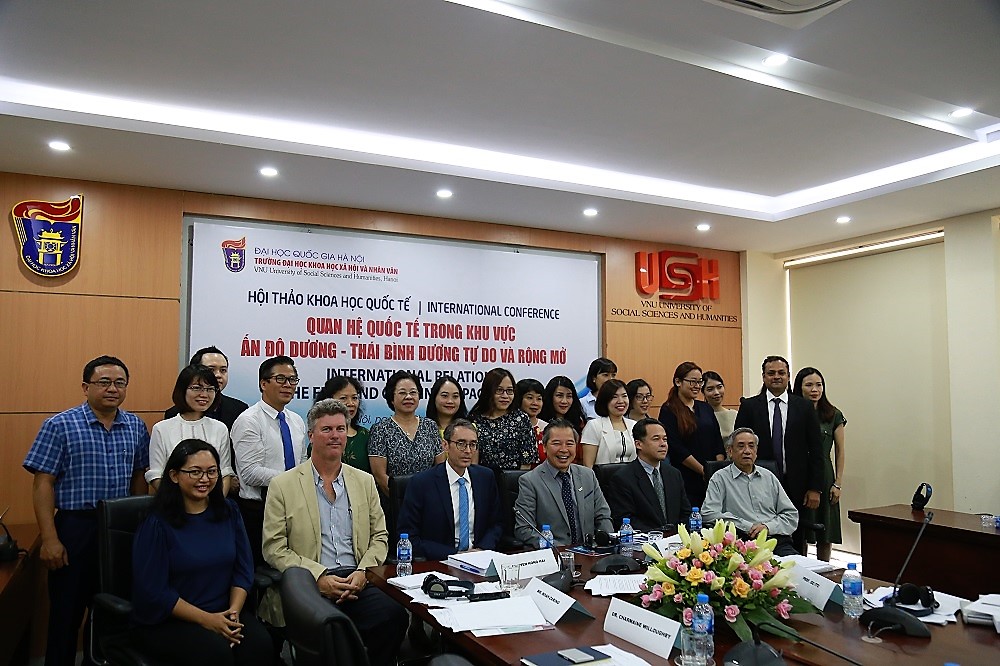
The Indo-Pacific is defined in the 2017 National Security Strategy of the United States as “the region stretching from the west coast of India to the west coast of the United States”. The concept of the Indo-Pacific is not really new, but it was only when President Donald Trump reiterated it in his speech on the sidelines of APEC 2017 that it began to attract much attention. The change of the term “Asia-Pacific” to “Indo-Pacific” in the US strategy implies expanding the region from focusing only on “East Asia and the Western Pacific” to a region that includes the littoral states of the Indian Ocean, Southeast Asia, Australia and New Zealand. This change marks a shift in the focus of US foreign policy strategy in Asia. It reflects America's greater concern with India's rise (through its Look East policy), China's assertiveness and expansion of influence (including into Africa), and the strong growth of Southeast Asian economies.
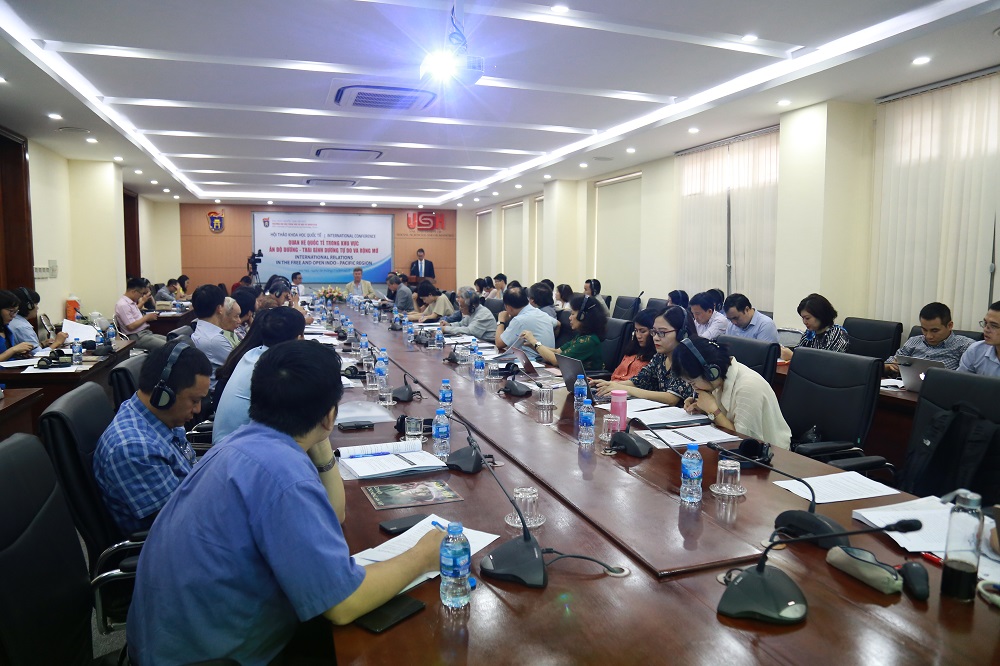
The Indo-Pacific region itself has emerged as an extremely important element in the world political map. This region encompasses both the Indian and Pacific oceans, owning 40% of the territory, 41% of the population, 61% of GDP, 47% of total global trade. Strategically, this region concentrates close allies of the US such as Japan, South Korea, the Philippines as well as the biggest competitors such as China and India. Economically, this is where the most powerful economies, the largest socio-economic organizations, the most important maritime routes in the world are concentrated, and it is the center of global trade. In terms of security and politics, there are many hot spots of intertwined competition and cooperation, the most prominent of which is the US-China competition for influence, while countries in the region are actively modernizing and strengthening their defense power.
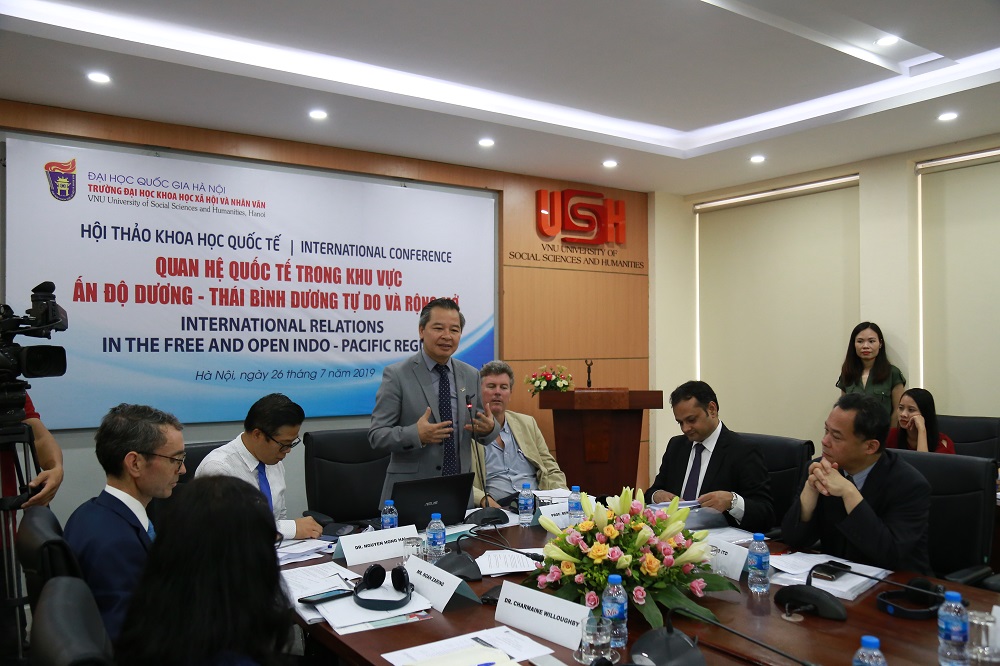
In his opening speech, Prof. Dr. Pham Quang Minh emphasized the topicality and novelty of the conference's topic in the context of tensions at sea such as in the East Sea.
Therefore, the goal of building an Indo-Pacific region that respects independence, sovereignty, unity and territorial integrity; ensures fair, equal and free trade among all countries in the region; and promotes existing cooperation mechanisms has been set forth by the United States in its strategy. This strategy also affects other countries in the region, especially small/medium countries in the power struggle of the great powers. The workshop "International relations in the free and open Indo-Pacific region" was organized to share perspectives and clarify the consequences of this US strategy for countries and organizations in the region. The opinions and views shared at the workshop will contribute to the policy-making process of countries in the process of building and maintaining an expected Indo-Pacific region.
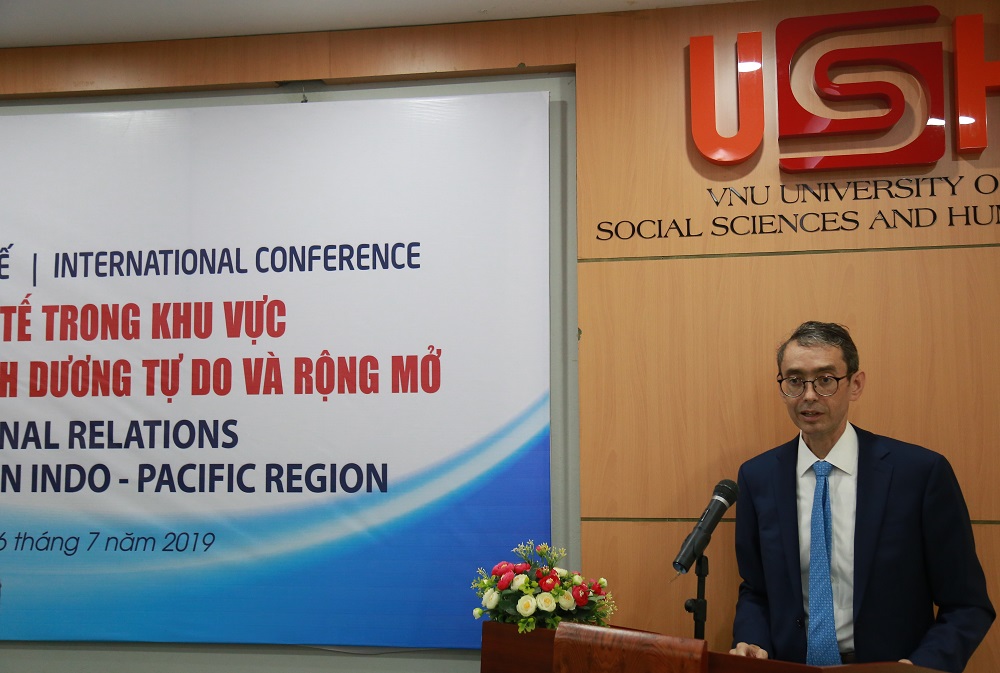
Mr. Noah Zaring (Political Counselor, US Embassy in Vietnam) presented the content and plan to realize the US Indo-Pacific strategy based on three pillars: strategy, economics and governance.
The workshop took place in 2 sessions:
Session 1 “Free and Open Indo-Pacific Strategy: Perspectives from QUAD countries” with presentations: “US Indo-Pacific Strategy and Commitment to Vietnam” (Mr. Noah Zaring – Political Counselor, US Embassy in Vietnam); “Australian Perspectives on Indo-Pacific Security: The Intersection of Values and Strategy”; “Free and Open Indo-Pacific: Perspectives from Japan” (Prof. Go Ito – Meiji University); “Free and Open Indo-Pacific: Perspectives from India” (Prof. Rahul Mishra – University of Malaya); “India’s Role in the US’s New Security Architecture in the Indo-Pacific Region” (Prof. Dr. Pham Quang Minh & MSc. Ho Ngoc Diem Thanh – School of Social Sciences and Humanities, VNU); “Economic factors in the US Indo-Pacific strategy under President Trump” (Mr. Nguyen Hung Son, Department of International Organizations, Ministry of Foreign Affairs of Vietnam); “Japan and the Indo-Pacific Strategy: Benefits, perspectives and policies” (Dr. Pham Thi Yen, Ho Chi Minh City University of Foreign Languages and Information Technology).
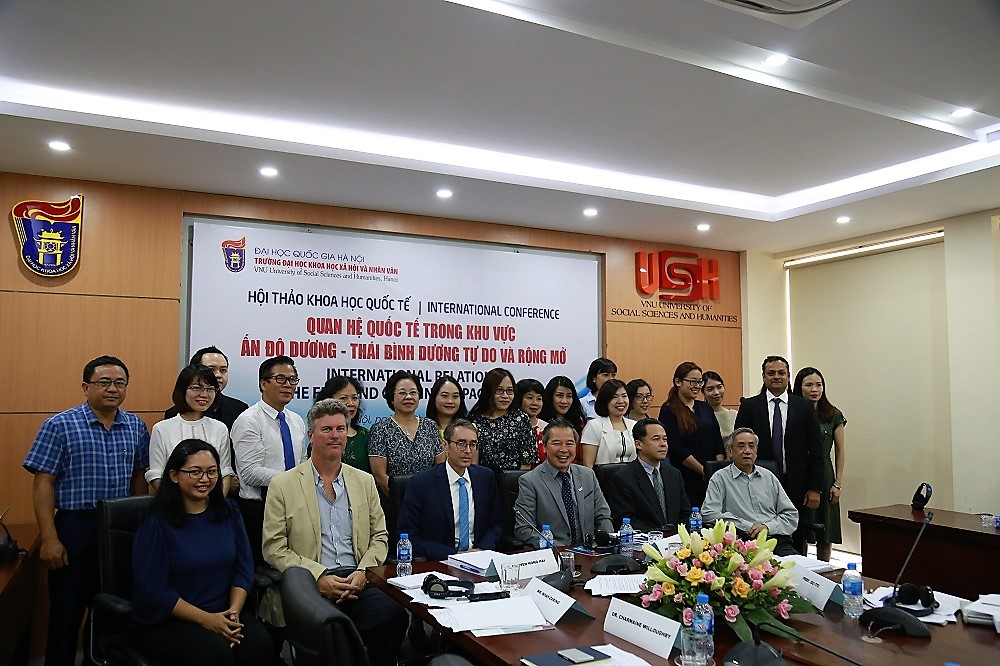
Delegates take souvenir photos
Session 2 “Free and Open Indo-Pacific Strategy: Implications for Asia” with presentations: “ASEAN Centrality in the Indo-Pacific Security Architecture” (Dr. Nguyen Hong Hai - Queensland University of Technology); “Southeast Asia in the US Free and Open Indo-Pacific Strategy” (Associate Professor, Dr. Nguyen Thi Thanh Thuy - University of Social Sciences and Humanities, VNU); “Philippine Perceptions of the Quad Group, Indo-Pacific, and Alliance System” (Dr. Charmaine Willoughby, De La Salle University - Philippines), “Indo-Pacific Strategy and Competition for Maritime Predominance between China and India” (Dr. Quach Thi Hue, Ho Chi Minh City National Academy of Politics), “The US Free and Open Indo-Pacific Strategy and Its Impact on Vietnam’s National Security” (Le The Lam, Ho Chi Minh City National Academy of Politics).
Author:Tran Minh
Newer news
Older news